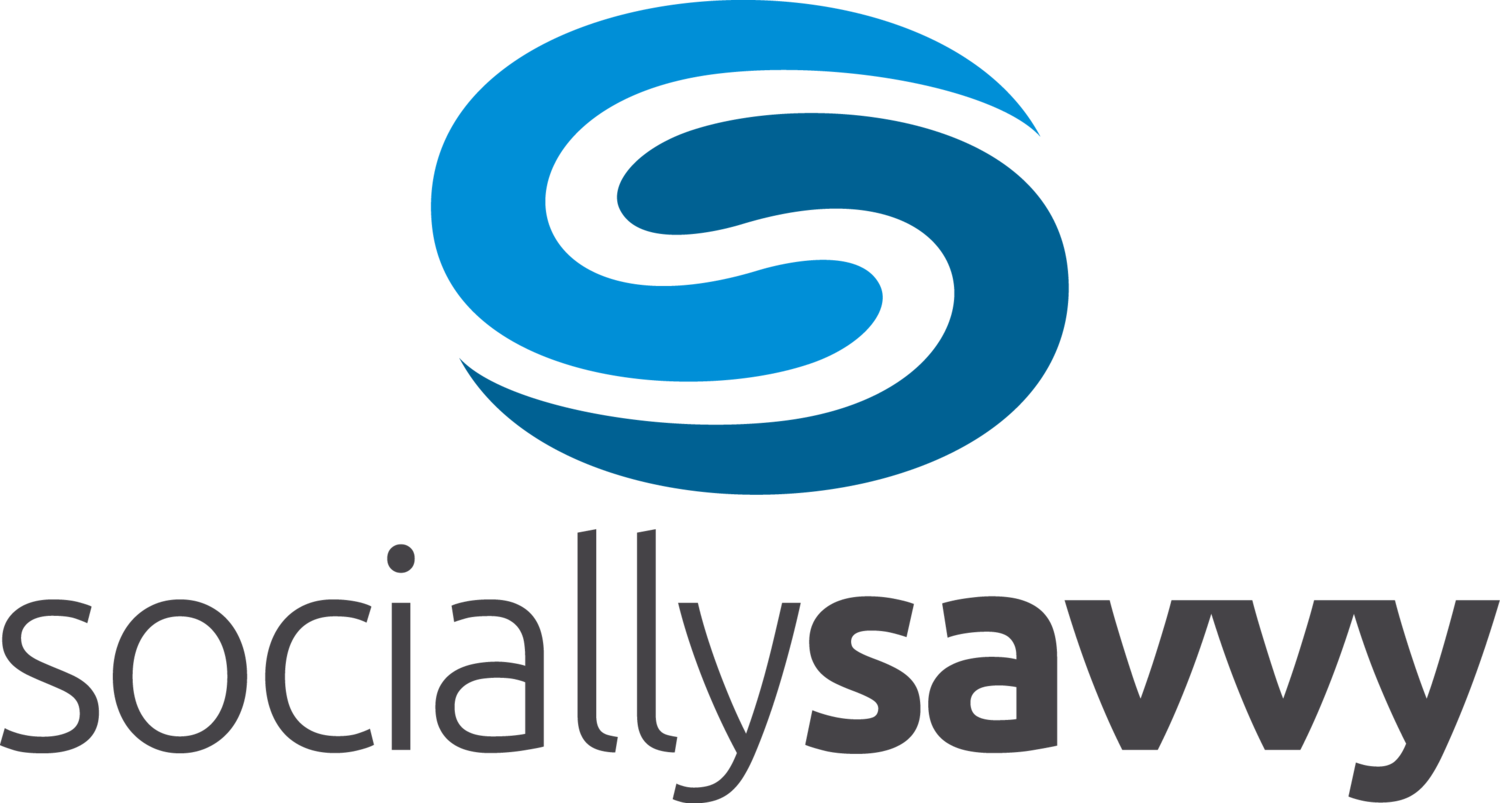There is a lot of confusion about social listening. The confusion lies in determining what social metrics matter, how and when to measure social metrics, what business tools to use to gather the data, and what the data actually means.
1. Determining what social metrics matter
Hootsuite provides solid insights in The Beginner's Guide to Social Media Metrics where they define the key inputs to social listening as mentions, share of voice, engagement, sentiment, exposure, audience growth rate and influence.
Mentions show the size of a social conversation around a specific search term or phrase. Mentions are simply the number of times the term you are tracking was used across social media, helping to understand how much (or little) attention the subject is receiving.
Share of voice helps you understand how your brand or company is performing in comparison to the competition. The metric details what percentage of mentions within your industry or space are about your brand and what percentage is about your competitors.
Engagement metrics represent how much and how often people interact with an account, content or a mention in social media. Engagement metrics showcase audience action, which is important for social media health and growth. A subset of engagement metrics are sharing metrics, which represent when people amplify content (retweets, shares, etc). The platform used pulls in mentions from across the social web, letting us see how often mentions are Retweeted, Liked or Shared.
Sentiment refers to the emotion behind a social media mention. It is a way to measure the tone of a conversation without having to dive into individual mentions. Sentiment adds important context to social conversations—without it, measurement of mentions alone could be misleading.
Exposure is the size of a brand’s potential audience in social. Each time a person posts something in social, it is delivered to their list of followers—each instance is called an impression. Those impressions are tallied into that post’s exposure—so the more followers a user has, the higher the exposure for his or her posts. Not everyone who receives a post in their social feeds will read it, which is why exposure measures the potential audience.
Audience Growth Rate measures the change in a brand or company’s following on social media networks. Tracking your Audience Growth Rate on each individual network will determine the average rate of increase or decrease in your fans or followers over time.
Influence is all about encouraging or inspiring people to take action. The most telling metrics of influence are engagement and amplification.
2. How and when to measure social metrics
How and when to measure social media metrics matters as much as what you are measuring. There is an art and science to listening and monitoring that must take into account the nature of your business. For example, school supply retailers like Staples should take into account the spike in audience for back-to-school. Weight Watchers should see a spike in social activity every January as people resolve to begin dieting in the New Year. And, sun safety firms like Banana Boat will likely need to consider geographic, regional and time of year conditions like summer in the United States.
Staffing and activity levels during seasonal or geographic peaks are important for where to be actively listening and what to listen for. For example, sun safety firms may find that people are sharing more pictures and could see more brand mentions on Facebook. Social activity may also drive customer outreach and event sponsorship activities to influence awareness, engagement, trial/purchase and loyalty behaviors by the consumer.
3. What business tools to use to gather the data
There are many business tools in the marketplace today and they vary in their maturity. Arguably, there will be mergers and acquisitions in the next one to two years as customers demand better dashboarding, personalization and reporting capabilities. In Q4 2020, Forrester Research published its Forrester Wave: Social Listening Platforms report which evaluates the 10 most significant providers in the category against 36 criteria. The firms include Brandwatch, Digimind, Linkfluence, ListenFirst, Meltwater, NetBase Quid, Sprinklr, Synthesio, Talkwalker, and Zignal Labs.
4. What the data actually means
Firms need expertise to analyze the social metrics data and develop real insights. It is as important to ensure that you are comparing the information against either industry or the right organizational benchmark data, or both. In the event that an organization is just starting out, having a plan for how the future data will be assessed is critical. Decisions can be changed, but having a plan at the outset is a best practice.
The ability to effectively leverage social media to engage your customers has caused interruption and innovation in established market sectors. Regardless of size, organizations must formalize their social business programs to compete.

